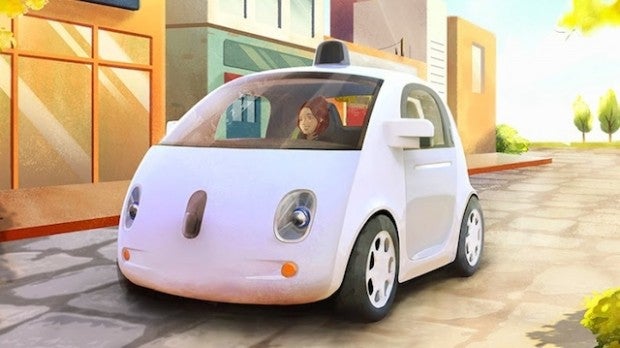Give Google’s self-driving car a ‘hand signal’ and it’ll know exactly what you mean

Google has been teaching its self-driving car to be considerate to cyclists, and it’ll even recognise their hand signals.
If one road-using group is likely to be nervous of the impending self-driving car revolution, we suspect it will be cyclists. Each day they will essentially be placing their lives in the hands of thousands – no, millions – of computer-driven robots, with fewer of the related safety measures that drivers will get.
Google has sought to reassure cyclists that it is considering their safety in the company’s latest monthly self-driving car report.
“Our cars recognise cyclists as unique users of the road, and are taught to drive conservatively around them,” claims the report.
When a Google car detects a parallel-parked car with an open door near a cyclist, it will slow right down or nudge over a little to give the cyclist space to manoeuvre. It will also leave plenty of space when passing cyclists, and won’t squeeze then when they take the centre of the lane.
Related: Best self-driving tech from the Geneva Motor Show
Perhaps most impressively of all, Google’s self-driving car can detect when a cyclist is indicating through a hand gesture, and will respond accordingly. It can even remember previous signals from a specific rider so as to better anticipate their subsequent behaviour.
What’s more, the Google car’s 360-degree vision means it can react better to unexpected cyclist behaviour, such as appearing from unusual directions and moving against the flow of traffic.
Ford on the future of autonomous cars
Are you a cyclist? Would you trust a self-driving car to be mindful of you? Let us know in the comments below.


